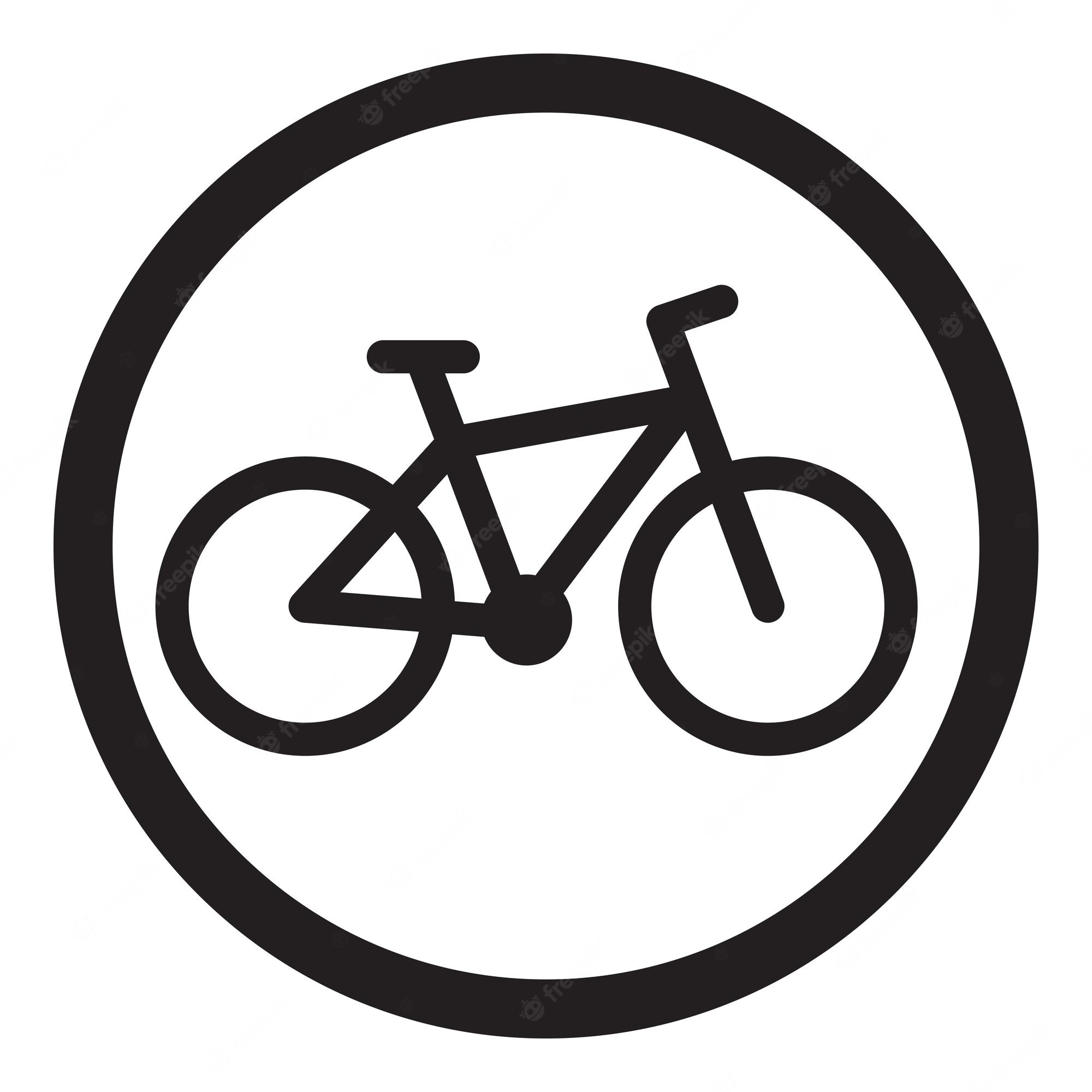

Go for ankle straps over vests. It’s far more important for the reflective materials to be moving than the amount of body coverage you have.
GCN recently covered this topic with interviews of optometry and psychology professors: https://www.youtube.com/watch?v=33GpfTWdk8U



I’m hopeful. This measure forces visibility of progress and allows any regular citizen to sue the city if they try to weasel out. I can’t imagine a city politician taking a position of “we’re going to fight this ridiculous lawsuit about not installing a wider sidewalk for as long as it takes.” That’s a real bad look, especially given this measure passed 65% for, 35% against. It would be political suicide.